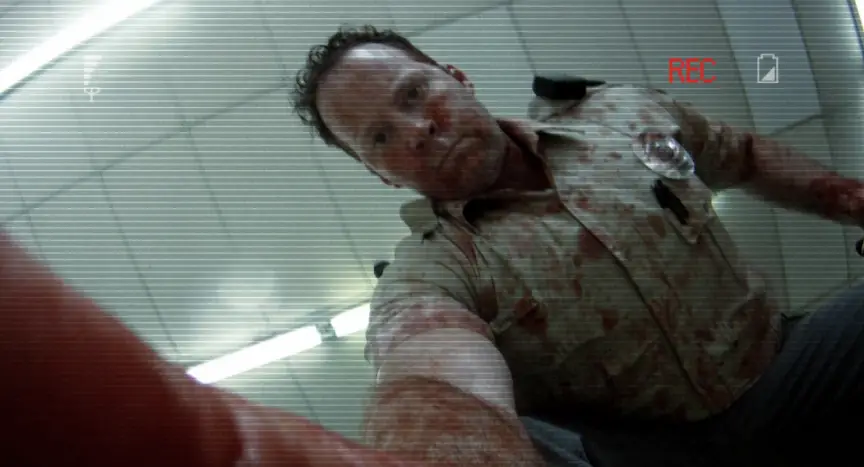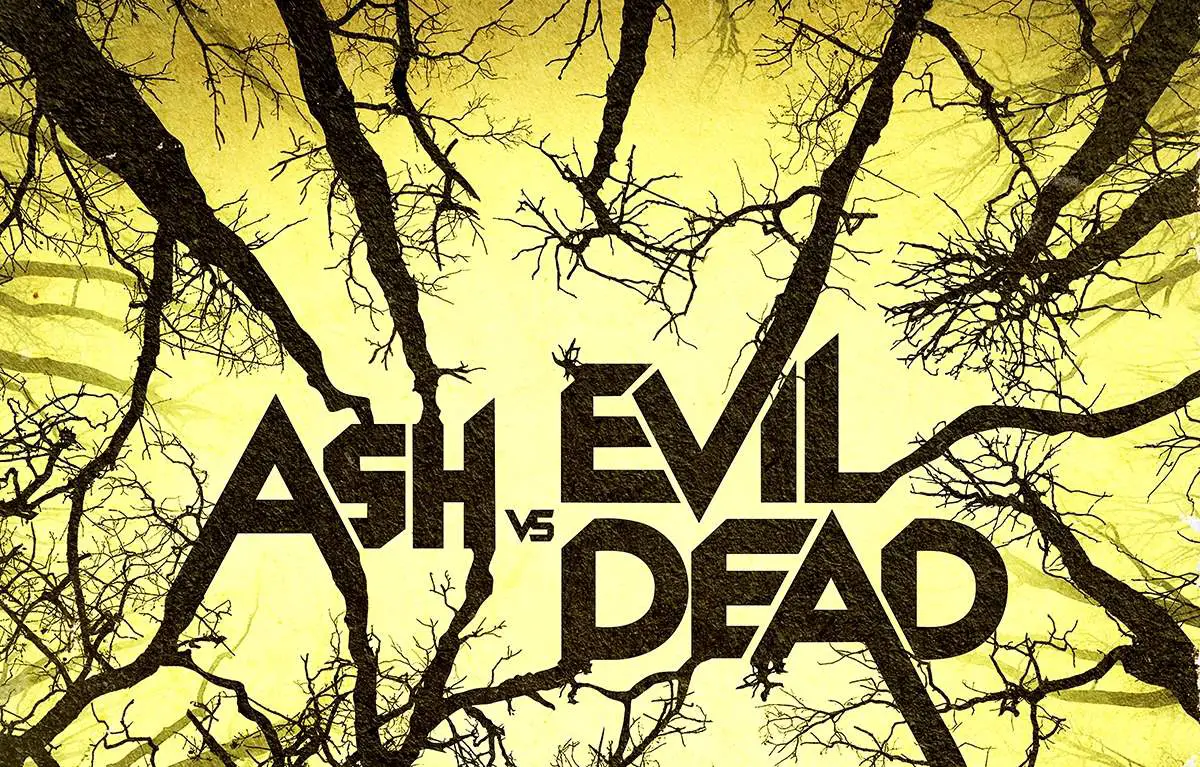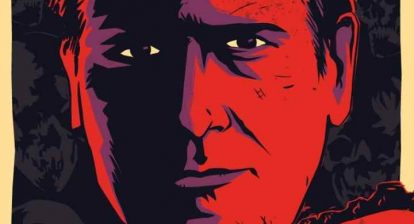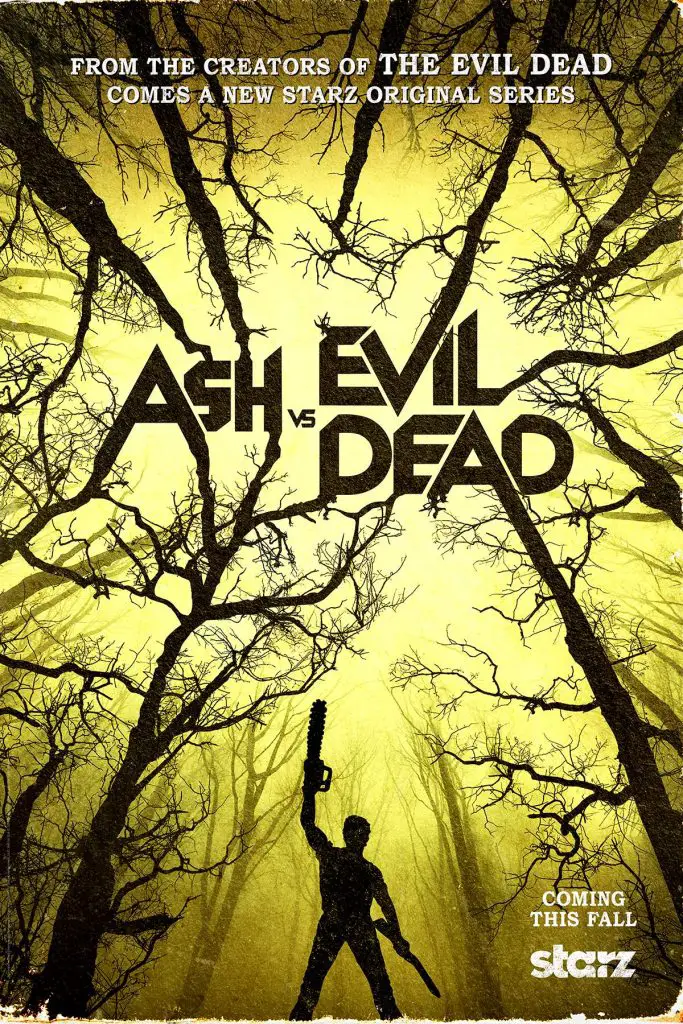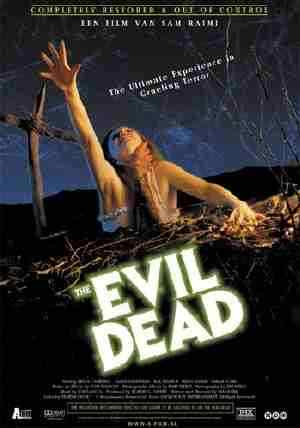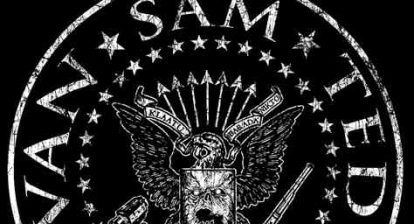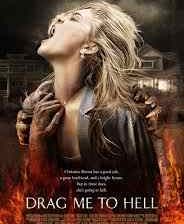What do Sam Raimi’s Darkman and Gravitas Ventures’ newly-released horror flick, Cruiser have in common? Randy Ser. Randy served as the production designer on Darkman when Raimi’s career was first starting to really take off. The film was released August 24th, 1990. 30 years later, almost to the exact day, Randy’s horror directorial debut saw release. Cruiser is now on VOD platforms. Cruiser follows a mysterious, hulking figure as he murders a police officer and steals his patrol car, beginning a night of carnage and terror in a small Georgia town. The mayhem is recorded in a uniquely cinematic found footage style, all captured through police cruiser car cams, cell phones, and surveillance video. The footage was edited together to assist in the capture of the perpetrator of these heinous acts. In celebration of the Darkman 30th anniversary and the Cruiser release, we spoke with Randy about his long history in the horror genre and what audiences can expect from Cruiser.
WICKED HORROR: You were the production designer on Sam Raimi’s Darkman 30-years ago and now you directed your own horror film, Cruiser. What is it about the horror genre that keeps drawing you back in?
RANDY SER: Horror has always captivated me. Growing up I was an avid fan of the Universal horror films of the 30s. I watched them over and over. I built all the monster models and I had a subscription to Monster Magazine. I was fascinated by how one man, Lon Chaney, could, through the use of make-up, imagination, and exceptional talent become so many tortured souls. My mother was a great sport. Every year at Halloween, as she and I decorated the front of the house, I would try to have us emulate the worlds of those films. Unfortunately, we never quite paralleled the movie playing in my head.
WICKED HORROR: In all the stills and trailer it looks like Cruiser is a police officer, but he actually is not, he just stole a cop’s car and uniform. Where do you think Cruiser gets all of his strength from?
RANDY SER: Cruiser’s strength comes from his dogged beliefs. He has accepted why he is here, what he must do, and how all must recognize the importance of his mission. The pursuit of what might seem as a form of insanity to those who observe his actions is of no consequence. Rational thinking is in the eye of the beholder. Cruiser is calm, almost unsettlingly tranquil as he goes about “what must be done.” It is that unnatural stillness in his nature that brings forth an uncanny strength.
WICKED HORROR: Why is Cruiser so deranged? What set him off?
RANDY SER: Those questions are what drew me to want to tell this story. The answers, like the film, may prove to be very unsettling. Cruiser sees things form a single perspective. He understands that the time to have that perspective recognized has arrived. Is he deranged and acting randomly of his own volition or is he doing what has been preordained and therefore not within his control. That will be for the audience to determine.

WICKED HORROR: The film’s star is Shuler Hensley, whom also played another monster type character in Universal’s Van Helsing. He was Frankenstein’s Monster. Did seeing him in that role inspire you to cast him in your film?
RANDY SER: Cruiser was written for Shuler to portray by his brother, my producing partner and the writer of the screenplay, Sam Hensley, Jr. Shuler is a Tony Award winning Broadway musical star. It was Shuler’s incredible vocal talents that drove Sam and I to bring to horror a confounding yet melodic style to the kills. Cruiser goes to a timeless place as he soothes his victims with song as he brings witness to their being demonically dismembered during their last moments on earth.
WICKED HORROR: In the trailer, Cruiser pulls a woman out of her car window and cuts her head off with an axe. Can you talk about how that was done logistically? Was this death scene the most complicated to shoot in the film?
RANDY SER: All the sequences, which incorporated the mayhem conducted by Cruiser, had their unique challenges. In general, what is seen in the film was accomplished in cuts. Pardon the pun. The sequence in which Cruiser pulls a woman out of her car was the most complicated in that the journey to the finality of Cruiser’s actions, which I wanted the audience to go on, needed to be carefully orchestrated.
The sequence, which takes place in a harshly lit convenience store parking lot, toys with the audience by switching from what is considered the norm to choices, which bewilders the senses by both overloading and depriving the audio and visual.
As the color and sound remain as we have become accustomed to, Cruiser smashes the window of “Cyndi Welch’s” car and drags her out by her hair. She is being positioned for the kill as she fights for her life and screams maniacally. We prepare for what we are about to experience. Here the choices confound the expected as we cut between various camera angles and positions. The visuals move from color to black and white and back to color again. At the same time the audio tracks harshly shift from horrific screaming, to “deathly” silent, to pleading cries, and to the sound of country music playing through cheap speakers inside the store. All is meant to pull the audience in to experience the fragments and confusion that must surround the mind, as one knows they are about to die. The final edited scene was designed to let the viewer’s mind fill in the blank spaces. What the mind’s eye envisions is much more frightening than what we think we are being shown.
WICKED HORROR: Many different things have been used as blood in horror films, such as “Kensington Gore” in Carrie and Evil Dead and straight corn syrup in others such as Scream. What did you all use in this film for blood?
RANDY SER: We principally used a product called My Blood, which was selected by Matt Silva, the film’s Special Makeup Effects Designer, as well as the Production Designer.
My Blood is still available in several different varieties as follows:
H.D. Red, Standard Red, Dark Red, Standard Yellow-Red, Three Kings Red, Dark Brown Red.

WICKED HORROR: You have said that Universal’s horror films from the 1930’s have been a big inspiration to you. What is it about those films that draws you to them?
RANDY SER: They all had a story to tell about characters, even if some of those characters were monsters. It was the teetering on the edge balance between life and death. Ultimately, the films had an innate ability to draw me in and to allow me to experience a world that exists only in fantasy.
WICKED HORROR: Can you tell us something about the production of Darkman that we might not know?
RANDY SER: I can tell you a favorite memory of mine about the collaboration that I had with Sam Raimi. We often met in his office to discuss the design concepts and needs of a scene. Occasionally we ended up acting out a scene together. On more than one occasion, as our enthusiasm and energy arose, one of us would inevitably knock over a lamp or some other object in the room. That is the true definition of creative energy.
WICKED HORROR: If there were to be a Cruiser 2, what would you like to see happen?
RANDY SER: The story lends itself to be continued. If that were to occur, Sam and I would listen closely to and be guided by the thoughts and imaginations of the current Cruiser’s audience.

Randy Ser
